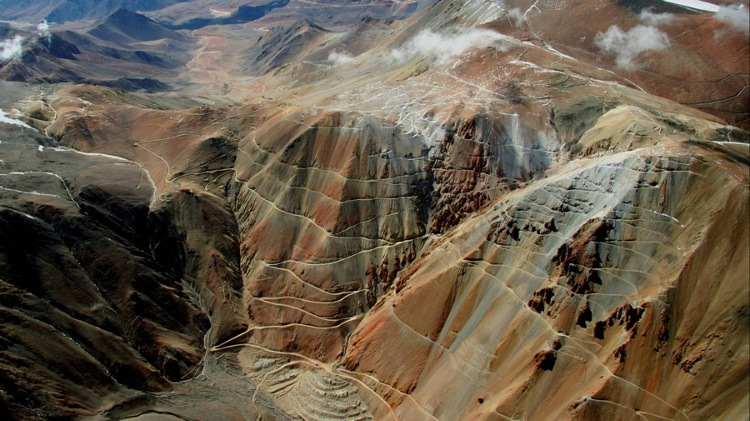Trevali Mining Corporation announced on Wednesday that operations at its Santander mine in Peru have been temporarily halted due to a road blockade that prevented a scheduled shipment of supplies.
At the time of the announcement, the blockade had already been lifted and the necessary supplies were being delivered to the mine.
According to a press release from Trevali, the blockade was conducted by a small group of local community members from the nearby Santa Cruz de Andamarca community who alleged that Trevali has failed to satisfy its community investment obligations dictated by Peruvian law. Peru’s Supreme Decree No. 052-2010-EM dictates that mining activities must be based on a “sustainable development approach, attach special importance to such issues as compliance with social agreements, building responsible relationships, local employment, economic development and ongoing dialogue.” Mining companies are also required to disseminate information to prevent environmental impacts and social conflicts.
Trevali states that it has “complied with all of its contractual obligations to the community and fully cooperated with government departments and other authorities regarding the blockade, which has now been lifted.” The company expects that Santander will be operational again within the week.
“It is unfortunate that a small group of individuals chose to act in this manner instead of through open dialogue,” Trevali president and CEO Mark Cruise said in a statement. “We have enjoyed tremendous support from the local communities at Santander over the years and will continue to work diligently with the community to strengthen our commitment to a mutually beneficial relationship.”
The press release does not mention the exact length that the blockade was in place. However, a report from Lima newspaper La República mentions that the protesters had the blockade in place since at least Aug. 24. It is also unknown the exact length of time that operations at Santander have been halted and how the roadblock was eventually ended. The mine is a four-hour drive northwest of Lima.
A Sept. 5 story from digital newspaper Huaralenlinea reports that the protestors were alleging that the company had hired security forces to attack the protesters, leaving nine community members injured.
Representatives from Trevali did not immediately respond to requests for comment.
Trevali states that they are engaging with the local community and undergoing consultation with elected community members to “discuss their concerns and ensure that mine operations continue without further interruption.”
The Vancouver-based company purchased the mine in 2007 and restarted production Jan. 2014. According to Trevali, the mine processes 2,000 tonnes of ore per day and is estimated to have proven and probable reserves of 1.93 million tonnes (Mt) with average grades of 4.38 per cent zinc, 0.75 per cent lead and 30.79 grams per tonne (g/t). It is one of four zinc mines the company operates.
In its Management Discussion and Analysis released with its 2017 annual report last March, Trevali mentions the potential risks of operating in Peru include mention of “increased social tension” in the country and the potential for roadblocks, but does not highlight anything specific to the region it operates in.


